Here in North America, it’s spring and temperatures are warming up. It’s the time of year where we know summertime is just around the corner.
 My house has central AC, handled by a big heat pump. The unit is only about 4 years old, and is relatively efficient.
My house has central AC, handled by a big heat pump. The unit is only about 4 years old, and is relatively efficient.
It’s great that with a heat pump you can buy one device and it can then provide you with warmth in the winter and cool air in the summer. But that also means it takes a beating, working hard essentially all year long.
I like it to be cold in my bedroom when I sleep. Like around 65 or 68F.
 That means during the height of summer, I work my heat pump pretty hard. Ignoring the electricity costs, which can be pretty high during really cold or really hot months, I hate beating on this big expensive heat pump, knowing that it will cost a fortune to replace or repair once it wears out.
That means during the height of summer, I work my heat pump pretty hard. Ignoring the electricity costs, which can be pretty high during really cold or really hot months, I hate beating on this big expensive heat pump, knowing that it will cost a fortune to replace or repair once it wears out.
A few years ago, I started dabbling with solar power as a hobby.
I’m no expert, but I’ve learned lots of tricks and tips and secrets. I’m pretty frugal by nature, so one of the things I’ve learned is how to get the most solar bang for my buck.
The last couple of years, I’ve been air conditioning my house almost exclusively with solar. That makes it essentially free. And it takes a huge load/burden off my heat pump.
My Setup
I have 3 main parts to my setup. I will go into detail for each element separately a bit later. But at a high level…
Solar panels – these generate the free power I use to power my AC
Portable power station – this takes the power from the solar panels, converts it to AC to run my AC, and also stores it
Air conditioner – this keeps me cool!
Although there’s a certain amount of flexibility, you have to coordinate these 3 things in a way that ensures they work well together.
So I’ll guide you through my specifics, but understand that there are a million different ways to skin this cat, and no single way will be ideal for everybody.
Air Conditioner
I started this experiment out a couple of years ago with a el-cheapo used air conditioner I bought off Facebook Marketplace.
Since then, I have upgraded to a new unit I bought off Amazon.
You will be limited in size to more or less 5,000 BTU’s. The reason for this is a larger air conditioner will use more power, driving up the cost of the other equipment (the solar panels and the power station).
Generally, 5k BTU’s will cool about 150 square feet. But I use it to cool my bedroom, which is more like 300 square feet.
How well-insulated your space is, how hot your location gets, all these will factor into how effective this will be.
I run my little AC unit wide open pretty much all day/night, so this helps keep things frosty! And for the most part I’ll keep my bedroom, bathroom, and even closet door shut to maximize performance.

I’ve had good luck with this Midea unit. It’s reasonably efficient, with a CEER of 11.0. You can assume it will use about 450 watts. I will do a bit of math later on where this will be important.
Here’s the Midea MAW05M1BWT owner’s manual…
Solar Panels
I purchased 8 used solar panels off Facebook Marketplace. They are Trina 230 watt panels.
I wired 4 in series, creating two different groups that I then wired in parallel.
The total installed wattage of 8x 230 watt panels should be 1,840 watts. But of course they don’t output to their maximum all the time.
I have plenty of property, and zero interest in bolting/screwing anything to my roof. So my panels are ground mounted.
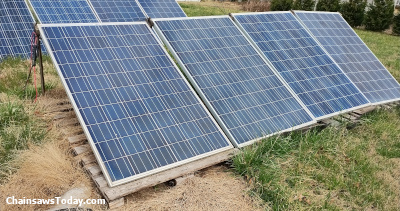
You can spend a lot or a little on mounts. In my case, I used some free pallets and pallet wood to create a base and adjustable kickstands. This is very basic, and free. I have had zero issues with wind or weather. There is a bit of inconvenience related to trimming and mowing since the panels are fairly close to the ground.
Portable Power Station
 I use a Bluetti AC200L.
I use a Bluetti AC200L.
It has an extremely safe, quite durable lithium iron phosphate battery, with a 2,048 watt-hour capacity.
Its inverter can supply 2,400 watts continuous, or 3,600 watts intermittently which is more than enough for my AC unit.
And it can take up to 1,200 watts of solar power.
So let’s do a little math.
If my AC unit uses about 450 watts running wide open, and the Bluetti has a 2,048 watt-hour battery, that means the Bluetti could run my AC unit for 4.5 hours continuously (or 2,048 divided by 450).
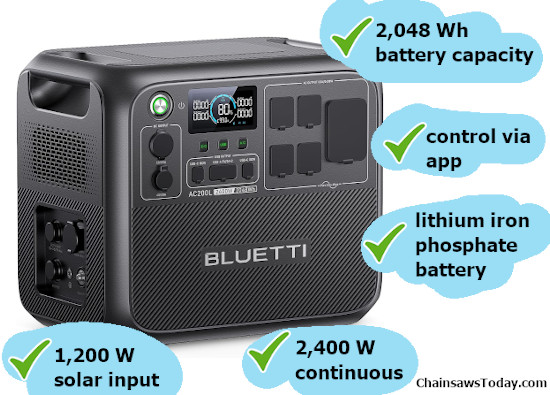
In reality, after the sun goes down, the AC unit doesn’t have to work as hard to keep my bedroom at 68 degrees, so it tends to cycle on and off. Depending on time of year and temps, that reduces its power usage and means the battery stretches out to more like 6 or 7 hours.
But the Bluetti also has a pass through function that I can easily set/adjust with their app. This is really nice, as it allows me to set up my system to run off battery for as long as it can and then simply switch over to powering it from the all outlet (when or if that even becomes necessary).
Because the Bluetti unit can take 1200 watts of solar, and the AC unit is only using 450 watts, on a sunny day the system can both recharge the battery and run the AC at the same time.
The solar panel setup I mentioned above is able to more or less max out the Bluetti’s input capacity starting mid to early morning and keep it there until the evening as the sun starts setting.
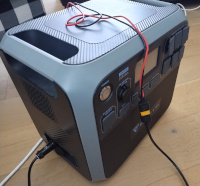 I have used one of Bluetti’s AC200P units in the past. There was nothing wrong with it, but the AC200L is a giant step forward.
I have used one of Bluetti’s AC200P units in the past. There was nothing wrong with it, but the AC200L is a giant step forward.
There are two big reasons I so strongly prefer the 200L.
The first is the upgraded solar capacity. The 200P has 700 watt solar capacity, while the 200L has 1200W. This is a huge improvement, and a big deal.
If my load is 450 watts (from the window AC unit), and the power station can only take in 700 watts from solar, that means at times it can only charge the battery with the 250 watt surplus. This can take a long time, and during periods when it’s cloudy might mean it’s not charging at all.
But with a 1200 watt input vs the 450 watt load, now it has a 750 watt surplus, which gives me a lot more extra capacity and peace of mind.
The other big thing is the integration of the 200L with Bluetti’s app, which unlocks a lot of different abilities. Not only can I remotely monitor and control it, but I can also use a “pass through” power option that allows me to maximize the savings of a solar/battery setup without risking interruption once battery power is exhausted.
I run the power cables from the solar panels to the Bluetti using a fairly simple setup with cable entry glands not unlike what you might find on a boat.
I use connectors on both the inside and the outside of the wall to make this very modular. Because I also use the setup in the wintertime to provide some extra (free) heat, I have one of these glands plumbed into my downstairs, and also one upstairs in my bedroom.
Free AC
Considering the capacity of this system, and the cost of electricity in this area running around $0.13 per KWh, it can offset around $2 or $3 per day from my power bill. Considering I spent around $1k or $1,500 for the system, that’s not a bad pay back. $1500 divided by $3 per day would be 500 days, or 1.3 years.
But it also saves wear and tear on my heat pump. And just as importantly, it allows me to get it nice and cool in my bedroom during the summer months for optimal/comfortable sleep without really abusing my central AC unit.
And in that way, it’s also “guilt-free”!
If you have a question about my setup or want to tell me about yours, please feel free to leave a comment below.
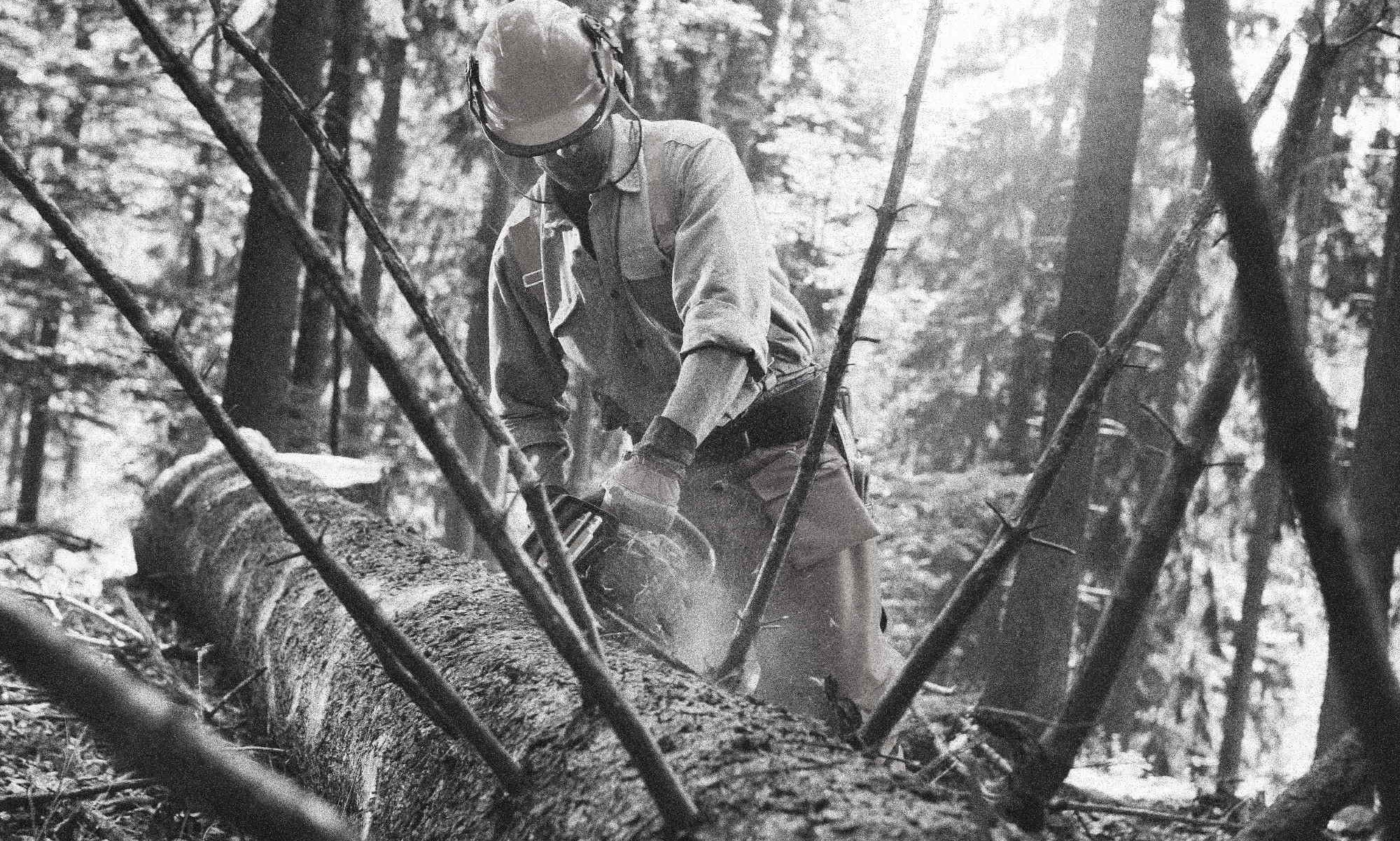
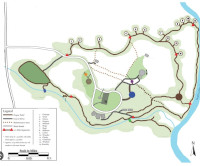 Much of the trail is not accessible by any type of motorized vehicle.
Much of the trail is not accessible by any type of motorized vehicle. 1) You can never have too much water. Well, okay, if you took a zillion gallons and the weight was more than you could carry, of course that would be too much. My point here is doing all that hard work will make you sweat, and you are going to need to hydrate.
1) You can never have too much water. Well, okay, if you took a zillion gallons and the weight was more than you could carry, of course that would be too much. My point here is doing all that hard work will make you sweat, and you are going to need to hydrate. 2) A saw that’s too big is not ideal for this type of job. Using more fuel than you need is a terrible idea if you have to backpack in all of your supplies. I used a small
2) A saw that’s too big is not ideal for this type of job. Using more fuel than you need is a terrible idea if you have to backpack in all of your supplies. I used a small 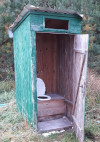 3) Pack some toilet paper. I don’t want to get too personal here, but in some cases I was an hour or hour and a half walk from the truck. At even then, I would have to drive to a nearby gas station or store to find a bathroom. That’s not going to work, guys! I packed some TP, and when I had to go I did so behind a tree.
3) Pack some toilet paper. I don’t want to get too personal here, but in some cases I was an hour or hour and a half walk from the truck. At even then, I would have to drive to a nearby gas station or store to find a bathroom. That’s not going to work, guys! I packed some TP, and when I had to go I did so behind a tree.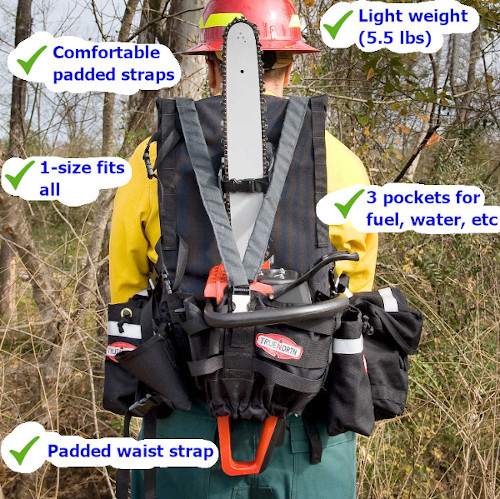
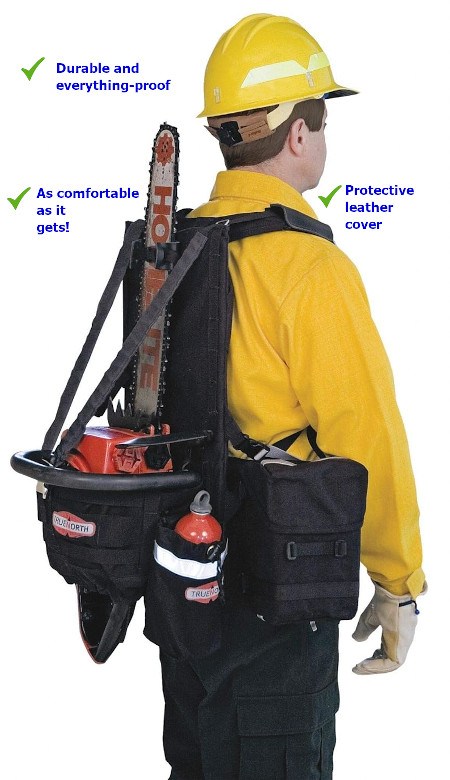
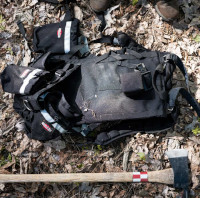 They don’t list a weight capacity, but I figured my back would probably give out before this pack would!
They don’t list a weight capacity, but I figured my back would probably give out before this pack would!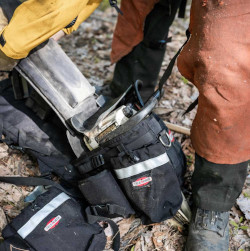 It is basically one size fits all. All of the straps are adjustable. I’m a pretty bulky guy, and it fit me just fine. Maybe if you’re more than 300 lbs or less than 100 lbs it could give you some trouble, but outside of that it was just the right size.
It is basically one size fits all. All of the straps are adjustable. I’m a pretty bulky guy, and it fit me just fine. Maybe if you’re more than 300 lbs or less than 100 lbs it could give you some trouble, but outside of that it was just the right size.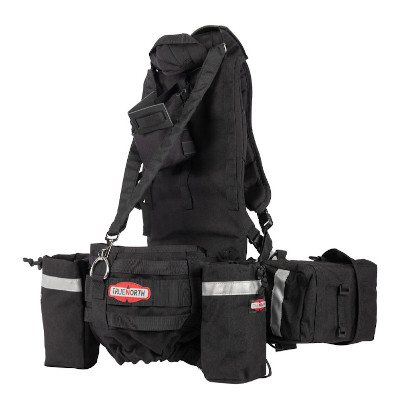
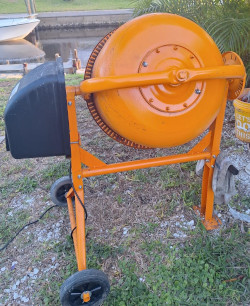 These days I stay pretty busy as a local handyman.
These days I stay pretty busy as a local handyman.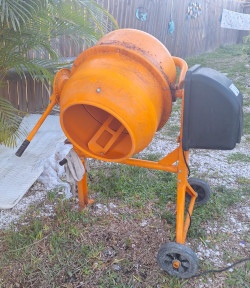 The local hardware place wanted $60 per day to rent out a cement mixer. I thought it would take me probably a day and a half, and when you look at transport time and cost, it was going to cost me right at $150 to rent one. It was apparently I could buy an inexpensive one for not much more than that, so I pulled the trigger!
The local hardware place wanted $60 per day to rent out a cement mixer. I thought it would take me probably a day and a half, and when you look at transport time and cost, it was going to cost me right at $150 to rent one. It was apparently I could buy an inexpensive one for not much more than that, so I pulled the trigger!
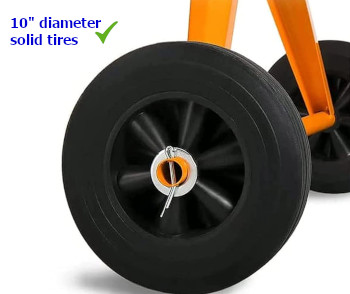

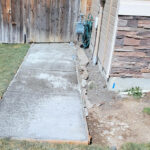
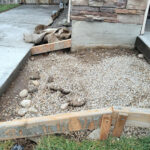
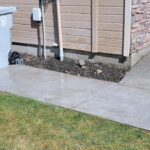
 My twenty year old air compressor finally gave up the ghost.
My twenty year old air compressor finally gave up the ghost. The “gallon” refers to the size of the tank. This is like a battery. The bigger the volume of the tank, the longer the compressor can run a tool before the motor kicks on.
The “gallon” refers to the size of the tank. This is like a battery. The bigger the volume of the tank, the longer the compressor can run a tool before the motor kicks on.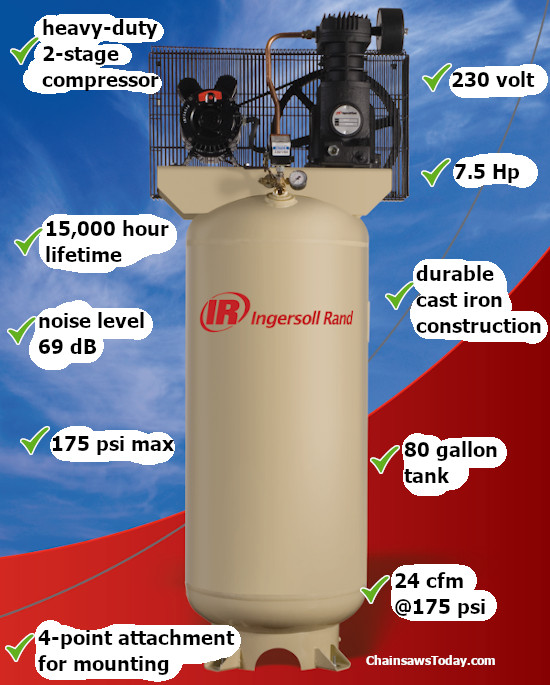
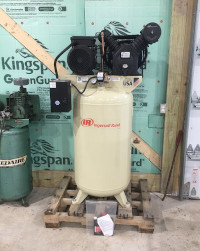 It arrived in a big crate, and I made quick work of uncrating it and moving it into it’s final position with a dolly and some grunting and shoving.
It arrived in a big crate, and I made quick work of uncrating it and moving it into it’s final position with a dolly and some grunting and shoving.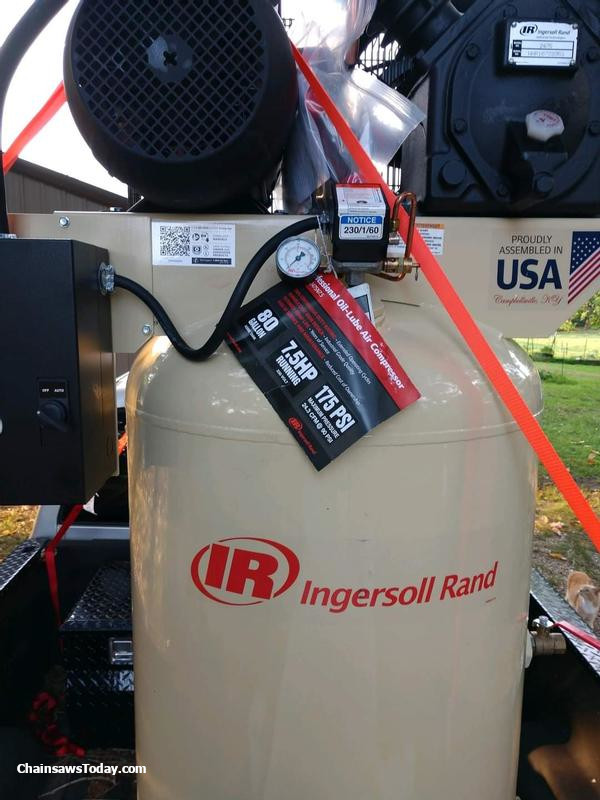
 Raise your hand if you’ve ever lugged a heavy, noisy, vibrating string trimmer all over God’s green earth and then had a backache that evening.
Raise your hand if you’ve ever lugged a heavy, noisy, vibrating string trimmer all over God’s green earth and then had a backache that evening.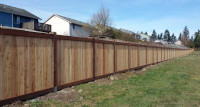 They are really made for cutting acreage. And even then, depending on your terrain and what you’re trying to cut, they may not be suitable.
They are really made for cutting acreage. And even then, depending on your terrain and what you’re trying to cut, they may not be suitable.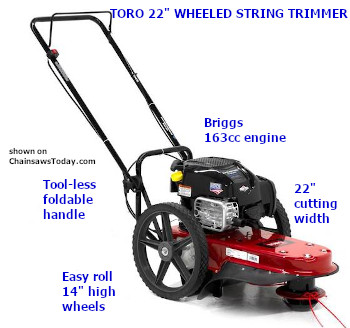

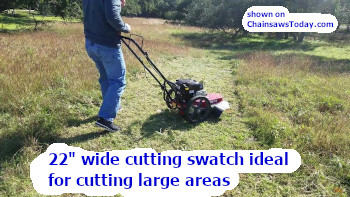
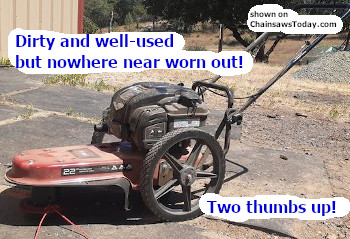
 Or maybe you live on a tropical island and you don’t even own a winter coat!
Or maybe you live on a tropical island and you don’t even own a winter coat!
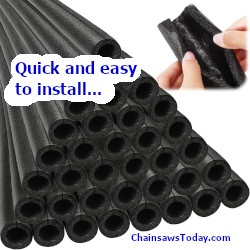
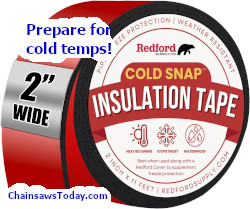
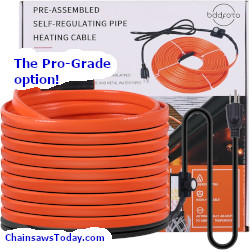

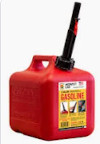 I have been watching with great interest as electric log splitters have gotten better and more available over the years. There are a lot of great things you get with electric, even though it has some drawbacks too.
I have been watching with great interest as electric log splitters have gotten better and more available over the years. There are a lot of great things you get with electric, even though it has some drawbacks too.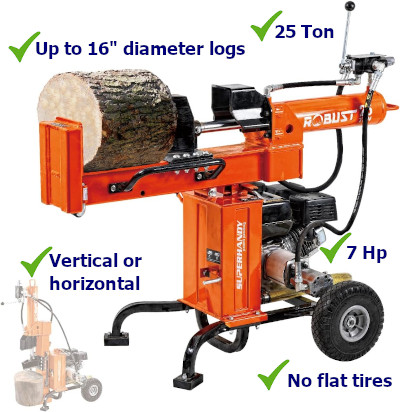
 I’m no dummy, I’m pretty handy and can put pretty much anything together. But when they say it may require two people to assemble… they ain’t lying.
I’m no dummy, I’m pretty handy and can put pretty much anything together. But when they say it may require two people to assemble… they ain’t lying.